Home>Garden Essentials>How To Safeproof Your Backyard For A Swing Set And Play Area
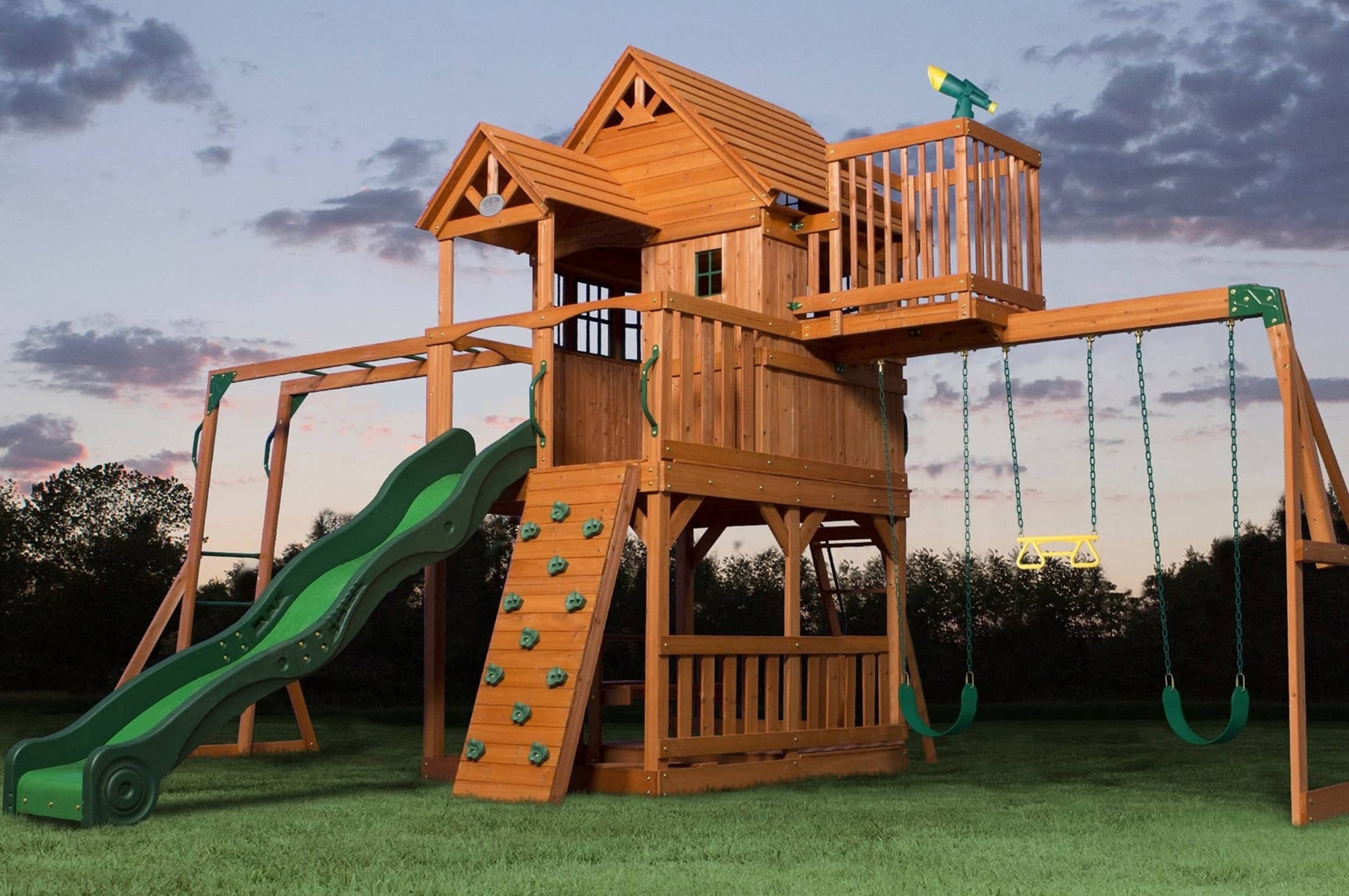

Garden Essentials
How To Safeproof Your Backyard For A Swing Set And Play Area
Modified: September 2, 2024
Ensure the safety of your garden by following these tips on how to safeguard your backyard for a swing set and play area. Create a secure environment for your children to enjoy outdoor activities.
(Many of the links in this article redirect to a specific reviewed product. Your purchase of these products through affiliate links helps to generate commission for Storables.com, at no extra cost. Learn more)
Introduction
Welcome to our comprehensive guide on how to safeproof your backyard for a swing set and play area. Creating a safe and enjoyable play environment for your children is crucial, and proper planning and implementation are essential for achieving this. With the right knowledge and steps, you can transform your backyard into a secure haven where your children can have endless hours of fun and laughter.
When it comes to setting up a swing set and play area in your backyard, there are several factors to consider. From choosing the right location to installing safety measures, every step plays a vital role in ensuring the well-being of your little ones. In this article, we will walk you through each stage of the process, providing valuable insights and expert tips along the way.
It is important to note that while this guide serves as a comprehensive resource, every backyard is unique, and individual circumstances may require additional safety precautions. Always prioritize the safety of your children above all else, and consult with experts or professionals if needed.
Now, let’s dive into the steps you need to take to safeproof your backyard and create a delightful play area for your children!
Key Takeaways:
- Choose a safe location away from hazards, with good visibility, and proper drainage for your swing set and play area to ensure a secure and enjoyable play environment for your children.
- Regularly inspect, maintain, and supervise your backyard play area to create a safe and worry-free space for your children to play, learn, and grow.
Read more: How To Build A Play Area For A Swing Set
Choosing the Right Location for Your Swing Set and Play Area
The first step in creating a safe backyard play area is choosing the right location for your swing set and play equipment. The location should provide a level surface with enough space for the play equipment and sufficient clearance around it. Here are some key considerations when selecting the ideal spot:
- Safety: Look for an area that is away from hazards such as trees, fences, power lines, or steep slopes. Ensure there are no sharp objects or potential tripping hazards nearby.
- Accessibility: Choose a location that is easily accessible from your home. Ideally, it should be visible from a window or a door, allowing you to supervise your children while they play.
- Visibility: Opt for a location with good visibility from different angles. This will help you keep an eye on your children and ensure their safety at all times.
- Shade: Consider the amount of shade available in the area. While some shade is beneficial, excessive shade can make the play area damp or slippery. If necessary, you can install shade structures or use outdoor umbrellas to provide shade.
- Drainage: Ensure that the chosen location has proper drainage to prevent water accumulation. Standing water can not only damage the play equipment but also create a breeding ground for mosquitoes and other pests.
Once you have evaluated these factors, mark out the designated area for your swing set and play equipment using stakes or spray paint. This will give you a visual representation of the space and help you determine if any adjustments are needed.
Remember, the chosen location should not only prioritize safety but also fit in with your overall backyard design. It should blend seamlessly with the existing landscape and provide a visually appealing play area for your children.
Now that you have selected the perfect location, it’s time to move on to the next step: clearing and preparing the backyard for your swing set and play area.
Clearing and Preparing the Backyard
Before you can start setting up your swing set and play area, it’s essential to clear and prepare the backyard. This ensures a clean and safe environment for your children to play in. Here are the steps to follow:
- Remove any obstacles: Start by removing any items or debris that may pose a risk to your children’s safety. This includes rocks, branches, garden tools, and any other objects that could cause tripping or falling hazards.
- Mow the lawn: Trim the grass in the designated play area to a suitable height. Shorter grass reduces the risk of tripping and allows for better visibility of the play equipment.
- Weed control: Get rid of any weeds or unwanted plants in the play area. Weeds can compete with the grass for nutrients and water, affecting the overall health of the play area.
- Inspect for pests: Check for signs of pests such as ants, wasps, or spiders. If necessary, implement pest control measures to eliminate any potential safety risks.
- Level the ground: Ensure that the ground in the play area is level. This is crucial for the stability of the swing set and prevents any tilting or uneven movement during play.
- Address drainage issues: If you notice any areas with poor drainage, take steps to improve it. You may need to add soil or create a slope to redirect water away from the play area.
- Install barriers: Consider installing temporary barriers or fencing around the play area to prevent children from wandering into potentially unsafe areas. This is especially important if you have a pool or other potential hazards nearby.
Once you have completed these steps, your backyard will be well-prepared for the installation of the swing set and play area. The cleared and leveled space will provide a safe foundation for the equipment and ensure a secure play environment for your children.
Next, let’s move on to the installation of a safety surface, a crucial element in safeguarding your children from falls and injuries.
Installing a Safety Surface
When it comes to creating a safe play area, installing a suitable safety surface is a critical step. The safety surface acts as a cushioning layer, reducing the impact of falls and minimizing the risk of injuries. Here are some popular options for safety surfaces:
- Playground Mulch: Wood chips or shredded rubber mulch are popular choices for safety surfaces. These materials provide excellent shock absorption and are relatively low maintenance. Ensure that the depth of the mulch is at least 6 inches to meet safety standards.
- Rubber Tiles: Interlocking rubber tiles are a convenient option for a safety surface. They provide a stable and impact-absorbing surface, reducing the risk of injuries from falls. Rubber tiles are available in various thicknesses and can be customized to fit the play area.
- Synthetic Turf: Artificial grass or synthetic turf is a visually appealing and durable option for a safety surface. It provides a soft and cushioned landing area, making it ideal for a swing set and play area. Look for a product with a high-density foam or rubber base to maximize safety.
- Poured Rubber: Poured-in-place rubber surfacing is a popular choice for commercial play areas. It offers excellent impact attenuation and can be customized with various colors and designs. While more expensive than other options, poured rubber provides a seamless and long-lasting safety surface.
Before installing the safety surface, ensure that the ground is properly prepared. Clear any rocks, roots, or debris, and level the area to create a smooth base. Follow the manufacturer’s instructions for installing your chosen safety surface, making sure to achieve the recommended thickness.
Additionally, regularly inspect the safety surface for any damage or wear. Remove any debris or foreign objects that may accumulate over time, as these can affect the effectiveness of the safety surface. Performing routine maintenance and upkeep will help ensure that your children have a safe and enjoyable play experience.
Now that the safety surface is in place, it’s time to move on to the next step: setting up the swing set.
Setting Up the Swing Set
Setting up the swing set is an exciting step in creating a fun play area for your children. Follow these guidelines to ensure proper installation and maximize safety:
- Read the manufacturer’s instructions: Before starting the installation process, thoroughly read and understand the manufacturer’s instructions. Familiarize yourself with the components, hardware, and any specific safety guidelines provided.
- Prepare the swing set components: Lay out all the swing set components and organize them according to the instructions. This will make the assembly process more efficient and ensure that you have all the necessary parts.
- Assemble the swing set: Begin assembling the swing set according to the manufacturer’s instructions. Follow the step-by-step process carefully, ensuring that each component is securely attached. Tighten all bolts and screws securely, but avoid over-tightening, which could strip the threads or cause damage.
- Check for stability: Once the swing set is fully assembled, check for stability. Shake the structure gently to ensure that it is sturdy and does not wobble. If there is any excessive movement, reinforce the anchoring or contact the manufacturer for assistance.
- Attach swing seats and other accessories: Install the swing seats, slide, and any other accessories according to the manufacturer’s instructions. Ensure that all attachments are securely fastened and do not have any sharp edges or pinch points.
- Inspect the swing set: Before allowing your children to use the swing set, thoroughly inspect it for any defects, loose components, or sharp edges. Address any issues or contact the manufacturer for assistance.
It is important to note that swing sets can vary in design and complexity. If you feel unsure about the installation process or encounter any difficulties, it is recommended to seek professional assistance or consult the manufacturer directly.
Now that the swing set is properly installed, the next step is to ensure proper anchoring to enhance its stability and prevent accidents.
Ensuring Proper Anchoring of the Swing Set
Properly anchoring your swing set is essential for maintaining stability and ensuring the safety of your children while they play. Here are some key steps to follow to ensure proper anchoring:
- Select the right anchoring method: There are several options for anchoring a swing set, including ground anchors, concrete footings, or weighted bases. Choose the method that is appropriate for your specific swing set and the type of soil in your backyard.
- Follow the manufacturer’s instructions: Refer to the manufacturer’s instructions for the recommended anchoring method for your swing set. They will provide specific guidance on the type, size, and placement of anchors or footings to ensure optimal stability.
- Prepare the anchoring area: Clear the area around each anchor point, removing any rocks, roots, or debris. Ensure that the ground is level and firm to provide a solid base for the anchors.
- Install the anchors: Depending on the method chosen, follow the instructions for installing the anchors. This may involve driving ground anchors into the soil, pouring concrete footings, or placing weighted bases.
- Tighten and secure the anchors: Once the anchors are properly installed, securely fasten them to the swing set. Ensure that all connections are tight and stable to prevent any movement or shifting of the structure.
- Periodically check and tighten anchors: Regularly inspect the anchors to ensure they remain secure over time. Tighten any loose connections or adjust the anchor placement as needed.
Remember, the anchoring method you choose should be suitable for the type and size of your swing set. It is essential to follow the manufacturer’s instructions and seek professional help if you have any doubts or concerns about the stability of the swing set.
Next, we will discuss the importance of installing protective fencing around the play area to provide an extra layer of safety and security.
Make sure the swing set is on level ground and anchored securely. Use soft, impact-absorbing material like wood chips or rubber mulch under the play area. Regularly check for any sharp edges or loose bolts on the equipment.
Installing Protective Fencing
Installing protective fencing around your swing set and play area is a crucial step in ensuring the safety and security of your children. Fencing helps prevent unauthorized access, keeps pets or wildlife out, and serves as a visual barrier to help keep children within the designated play area. Here are some important considerations when installing protective fencing:
- Choose the right type of fencing: Select a fencing material that is sturdy, durable, and suitable for outdoor use. Common options include wood, vinyl, aluminum, or mesh panels. Consider the aesthetics, maintenance requirements, and budget when deciding on the type of fencing.
- Measure and plan: Measure the perimeter of the play area accurately to determine the amount of fencing required. Plan the placement of gates, ensuring convenient access to the play area without compromising security.
- Check local regulations and codes: Before installing the fencing, check with your local building codes or homeowner’s association for any specific requirements or restrictions on fence height, materials, or placement.
- Prepare the area: Clear the area where the fencing will be installed, removing any obstacles or vegetation along the perimeter. Ensure that the ground is level and free from any potential hazards.
- Install the posts and panels: Begin by installing the fence posts according to the manufacturer’s instructions. Ensure that the posts are securely anchored into the ground and positioned at the appropriate intervals to support the fence panels.
- Attach the fence panels: Once the posts are in place, attach the fence panels securely to create a continuous barrier around the play area. Use screws or nails recommended by the manufacturer to ensure proper fastening.
- Add gates and latches: Install gates at designated entry points to allow easy access to the play area. Be sure to use child-proof latches that are secure but also easily operable for adults.
- Inspect and maintain the fencing: Regularly inspect the fencing for any damage, loose panels, or signs of wear. Replace or repair any damaged sections promptly to maintain the integrity of the enclosure.
Remember, fencing should be installed in a way that complements the overall design of your backyard while prioritizing the safety and security of your children. Properly installed fencing provides peace of mind, allowing your children to play freely within the confines of the protected area.
Now that the fencing is in place, it’s time to move on to placing and securing the play equipment within the play area.
Placing and Securing Play Equipment
Now that you have prepared the backyard, installed the swing set, and installed protective fencing, it’s time to place and secure the play equipment within the designated play area. Proper placement and securing of the equipment are crucial to ensure the safety and stability of the play area. Follow these steps to effectively place and secure the play equipment:
- Consider age-appropriate placement: Take into account the age and abilities of your children when placing the play equipment. Place swings, slides, and other equipment that cater to different age groups at a suitable distance to prevent accidents and collisions.
- Allow for adequate spacing: Ensure that there is enough space between each play equipment element to allow for safe movement and play. Consider the range of motion for swings, slide exit paths, and clearances around climbing structures.
- Secure the swing set: Anchoring the swing set was covered earlier, but it’s important to reiterate the importance of ensuring that the swing set is securely anchored to prevent tipping or movement during use. Regularly check and tighten any loose bolts or connections.
- Secure loose components: Inspect the play equipment for any loose or unstable components. Tighten all screws, bolts, or fastenings and use lock washers to prevent them from coming loose over time. Replace any damaged or worn-out parts as needed.
- Apply safety surfacing: Ensure that the safety surface, such as rubber mulch or synthetic turf, is properly installed and extends to cover the fall zones under and around the play equipment. This provides an additional layer of protection in case of falls.
- Regularly inspect and maintain: Conduct routine inspections of the play equipment to identify any signs of wear, damage, or potential hazards. Check for splinters, rust, sharp edges, or protruding bolts. Maintain proper lubrication on moving parts, such as hinges or chains.
- Supervise children during play: Even with all the safety measures in place, it’s crucial to supervise your children during playtime. Keep a watchful eye to ensure they are using the equipment properly and following any safety rules established.
By taking these steps to place and secure the play equipment, you can create a safe and enjoyable play environment for your children. Regularly inspecting and maintaining the equipment will help prolong its lifespan and ensure that it remains safe for use.
Now that your swing set and play equipment are securely placed within the play area, let’s move on to the next step: creating a safe play environment.
Creating a Safe Play Environment
Creating a safe play environment goes beyond setting up the swing set and play equipment. It involves implementing additional measures to ensure the overall safety and well-being of your children. Here are some important steps to create a safe play environment:
- Establish safety rules: Teach your children proper behavior and guidelines for using the play equipment. Emphasize rules such as no pushing, no climbing on the swing set frame, and no jumping off the swings.
- Supervise playtime: While it’s important to give your children a sense of independence, it’s equally important to supervise them during playtime. Keep an eye on their activities, intervene when necessary, and be ready to provide assistance or guidance.
- Teach safe play habits: Educate your children about the importance of safe play habits, such as holding onto the swing properly, using proper climbing techniques, and avoiding overcrowding or rough play.
- Encourage age-appropriate play: Ensure that the play equipment and activities are suitable for your children’s age and abilities. Discourage them from attempting activities that are beyond their physical capabilities.
- Provide appropriate supervision for younger children: If you have children of different ages, ensure that younger children are adequately supervised while using the play equipment. Older siblings or adults can assist in guiding and supporting them during play.
- Keep the play area clean and organized: Regularly clean the play area, removing any debris or tripping hazards. Store toys, bikes, and other play items in designated areas to prevent clutter and potential accidents.
- Regularly inspect and maintain play equipment: Conduct routine inspections of the play equipment to check for any signs of wear, damage, or potential hazards. Address any issues promptly and keep the equipment properly maintained.
- Encourage the use of protective gear: Encourage your children to wear appropriate protective gear, such as helmets and knee pads, when using the play equipment. This can provide an additional layer of protection in case of falls or accidents.
- Communicate with other parents: If your children have playdates or friends over, communicate with other parents about safety guidelines and expectations for their children’s behavior in the play area.
By following these steps and implementing these measures, you can ensure a safe and enjoyable play environment for your children. Regular supervision, communication, and maintenance play key roles in keeping the play area secure and free from potential hazards.
Now that you have created a safe play environment, it’s essential to stay proactive by carrying out regular maintenance and inspections.
Read more: How To Build Your Own Natural Play Area
Regular Maintenance and Inspections
Maintaining a safe and enjoyable play area requires regular maintenance and inspections to keep the swing set, play equipment, and surrounding environment in optimal condition. By staying proactive and addressing any issues promptly, you can ensure the long-term safety and durability of the play area. Here are some key maintenance and inspection practices to follow:
- Inspect the play equipment: Conduct routine inspections of the swing set and play equipment to check for signs of wear, loose components, or damage. Look for rust, splintered wood, cracked plastic, or any other potential hazards. Address these issues immediately to prevent further damage or risk of injury.
- Tighten bolts and connections: Regularly check and tighten any loose bolts, screws, or connections on the swing set. Ensure that all hardware is secure and properly fastened. Use lock washers or thread-locking adhesive if needed.
- Check safety surfacing: Inspect the safety surfacing, such as rubber mulch or synthetic turf, for any signs of damage or displacement. Replenish or repair the safety surface as necessary to maintain its effectiveness in cushioning falls.
- Inspect anchoring and fencing: Regularly inspect the anchoring of the swing set to ensure stability. Check if any anchors have become loose or if there are any signs of movement. Examine the protective fencing for any damage, corrosion, or loose panels. Repair or replace any compromised parts.
- Maintain cleanliness: Regularly clean the play area, removing any debris, leaves, or other potential tripping hazards. Sweep or hose down the play surface to keep it free from dirt or grime. This helps prevent slips and falls and keeps the area safe for play.
- Perform routine lubrication: Lubricate moving parts of the swing set, such as hinges, chains, and pivot points, as recommended by the manufacturer. This helps ensure smooth operation and minimizes friction or potential squeaking noises.
- Verify structural integrity: Check the overall structural integrity of the swing set and play equipment. Look for any signs of weakening, bending, or stress on the frame. If you notice any significant issues, contact the manufacturer or a professional for further evaluation or repair.
- Monitor nearby trees and vegetation: Keep an eye on the surrounding trees and vegetation, ensuring that branches or overgrown plants do not pose a risk to the play area. Trim back any branches that hang too close to the swing set or play equipment.
By regularly carrying out maintenance and inspections, you can catch any potential issues early on and address them before they become safety concerns. Remember, the safety of your children is of utmost importance, so prioritize their well-being by maintaining a safe and well-maintained play area.
Now that you have the knowledge and understanding of regular maintenance and inspections, you can ensure the continued safety and enjoyment of your children in the backyard play area.
Remember, always prioritize safety and consult with experts if you have any concerns or questions about the maintenance or safety of your swing set and play area. Enjoy watching your children play and create lasting memories in a secure and fun-filled outdoor environment!
Conclusion
Creating a safe and secure backyard play area for your children is a rewarding endeavor that provides them with endless opportunities for fun and exploration. By following the steps outlined in this guide, you can effectively safeproof your backyard and ensure the well-being of your little ones.
From choosing the right location for the swing set and play area to installing a safety surface, securing the equipment, and implementing protective fencing, each step plays a crucial role in creating a safe play environment. Taking the time to regularly maintain and inspect the play area further enhances its safety and longevity. By staying proactive and addressing any issues promptly, you can provide your children with a worry-free space to enjoy outdoor activities.
Remember, safety should always be a top priority. Supervising your children during playtime, setting clear safety rules, and promoting age-appropriate play habits are essential for their well-being. Regularly educate them about safe play practices and encourage the use of appropriate protective gear to minimize the risk of injuries.
By combining your gardening knowledge with the insights provided in this guide, you can create a backyard haven where your children can play, imagine, and grow. Safeproofing your backyard not only ensures their physical safety but also promotes their overall development, creativity, and love for the outdoors.
So, gather your tools, roll up your sleeves, and get ready to transform your backyard into a safe and exciting play area for your children to enjoy for years to come. Happy playing!
Frequently Asked Questions about How To Safeproof Your Backyard For A Swing Set And Play Area
Was this page helpful?
At Storables.com, we guarantee accurate and reliable information. Our content, validated by Expert Board Contributors, is crafted following stringent Editorial Policies. We're committed to providing you with well-researched, expert-backed insights for all your informational needs.
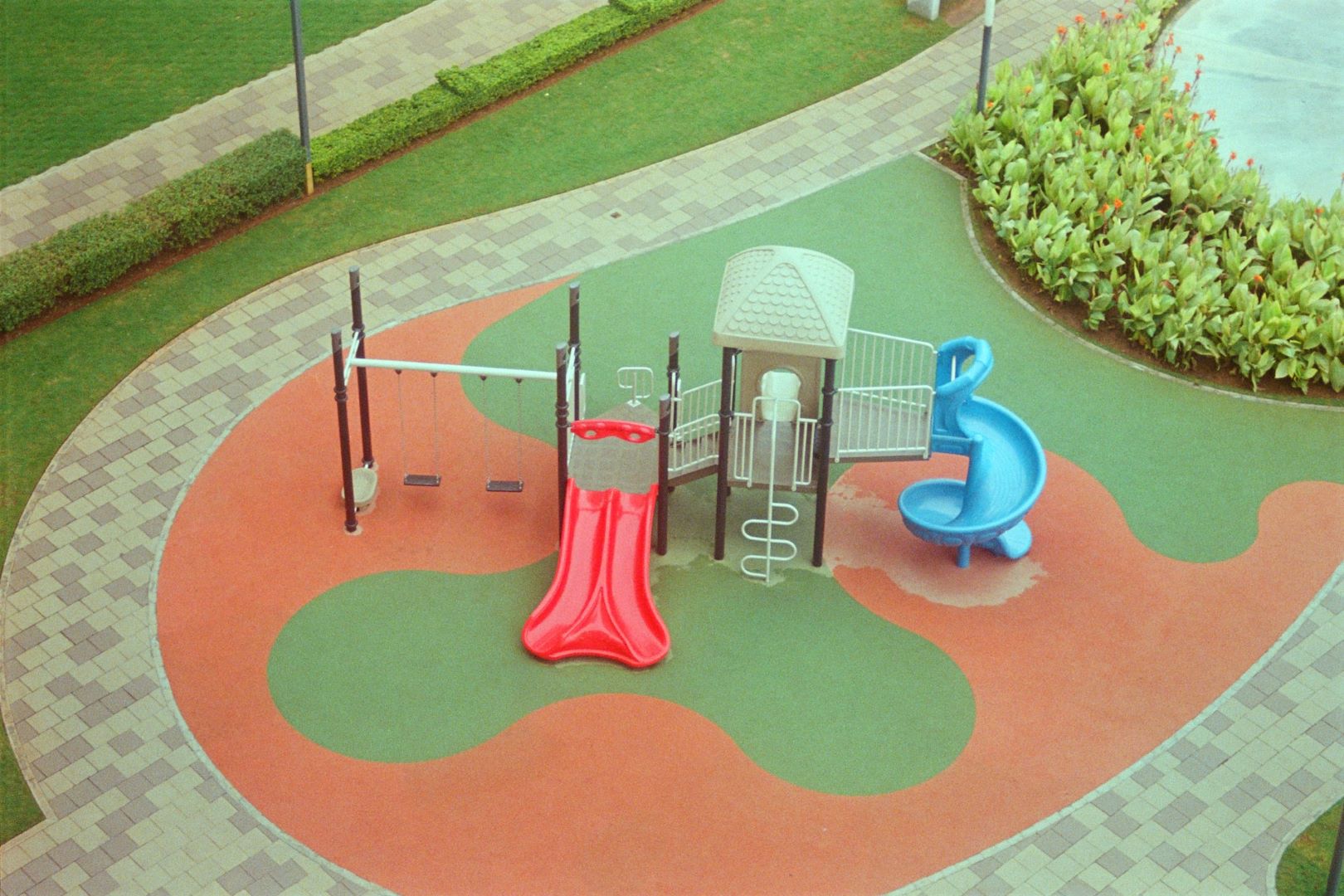

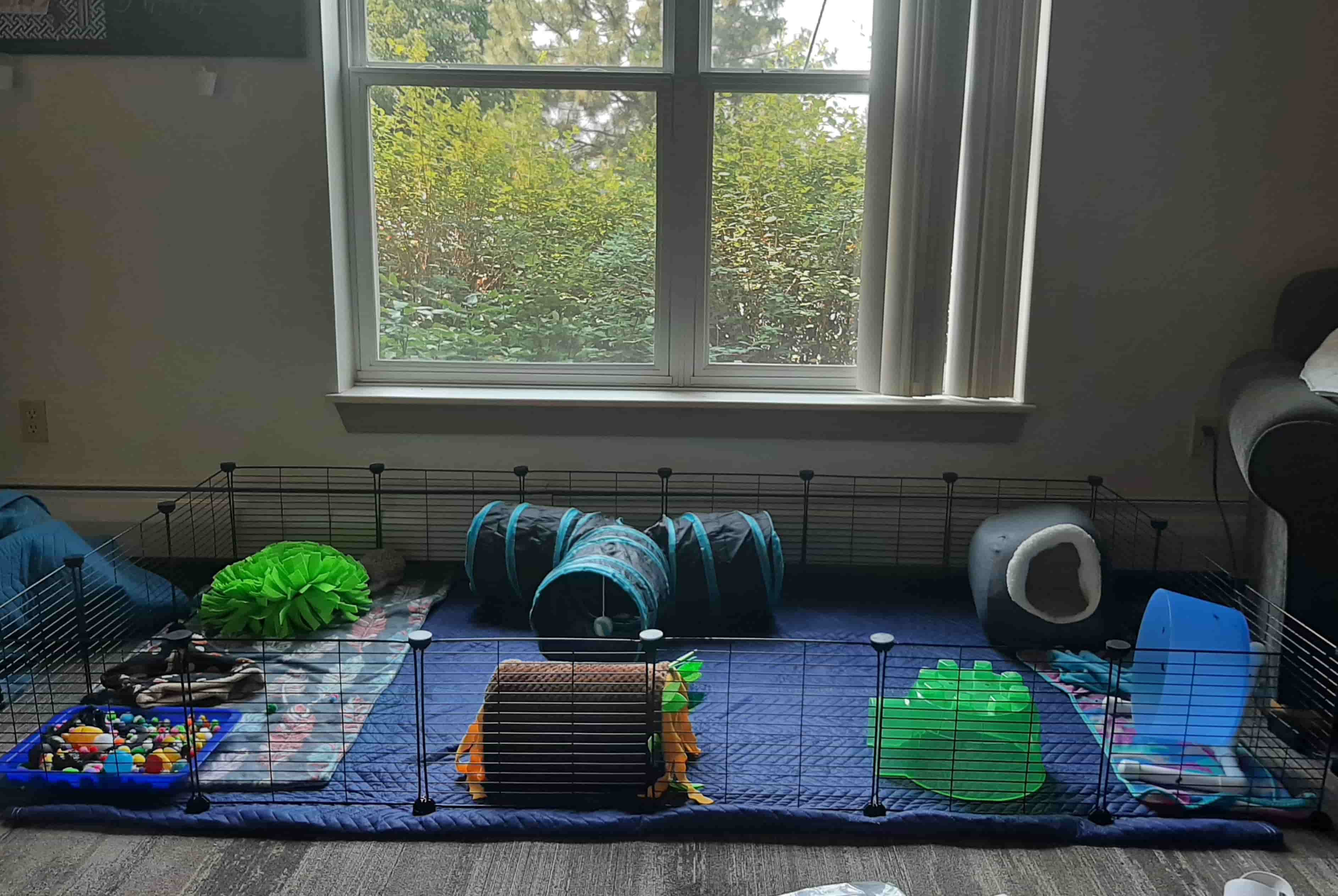
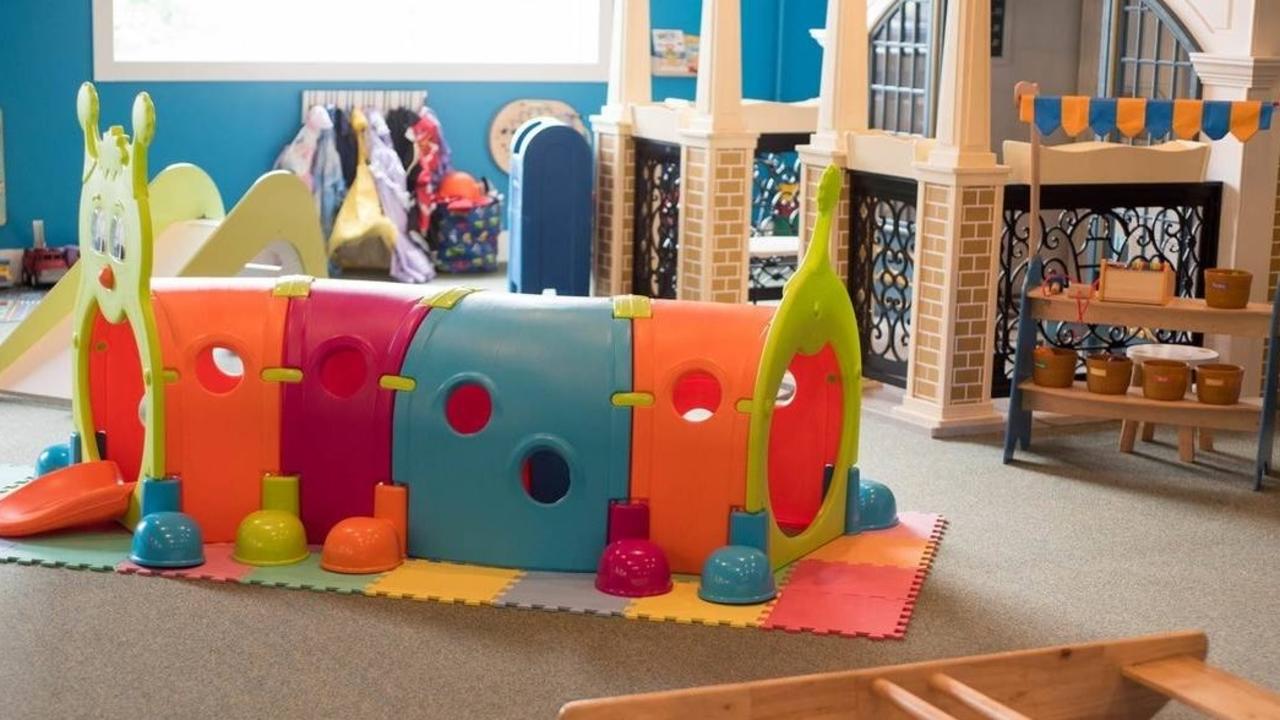
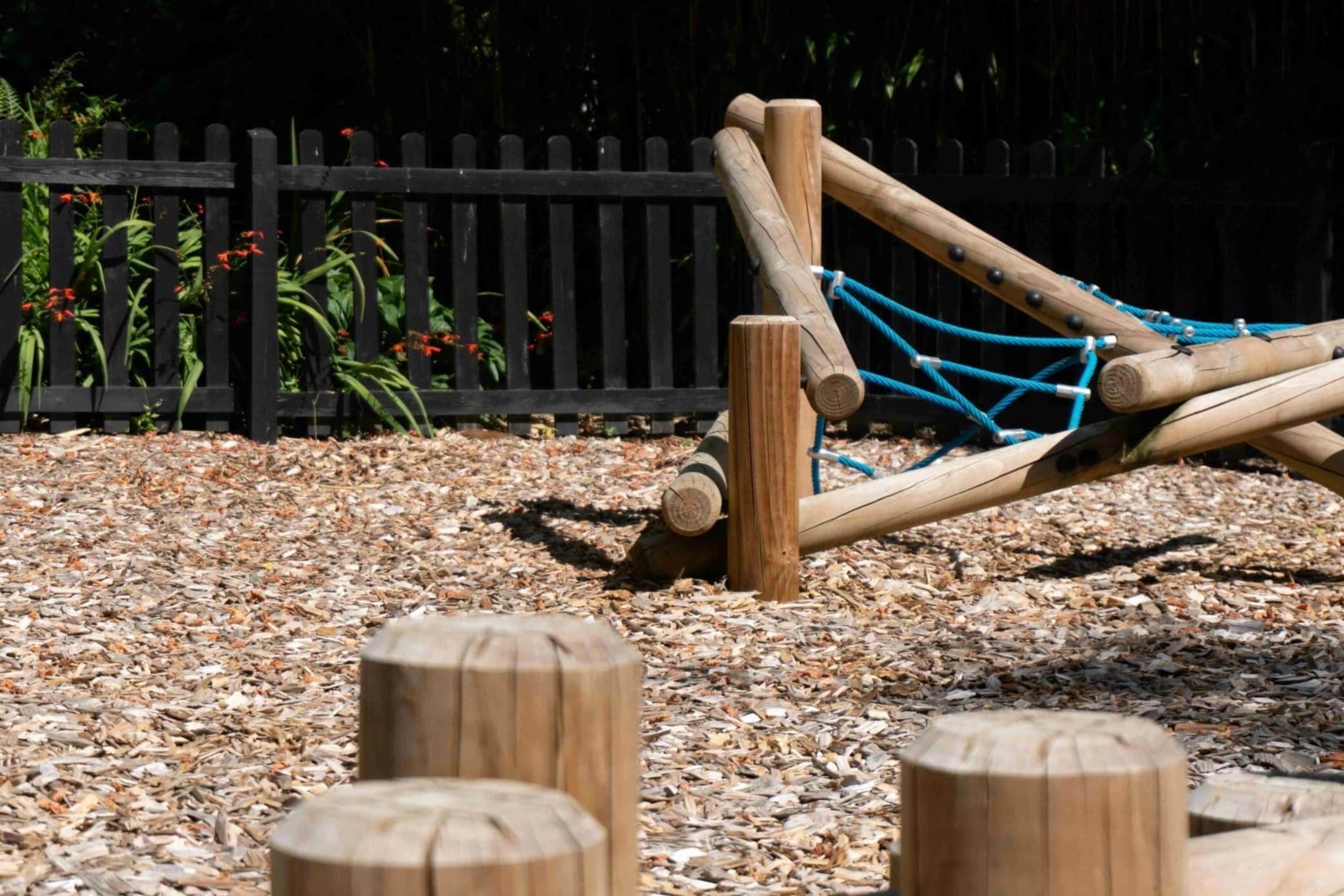


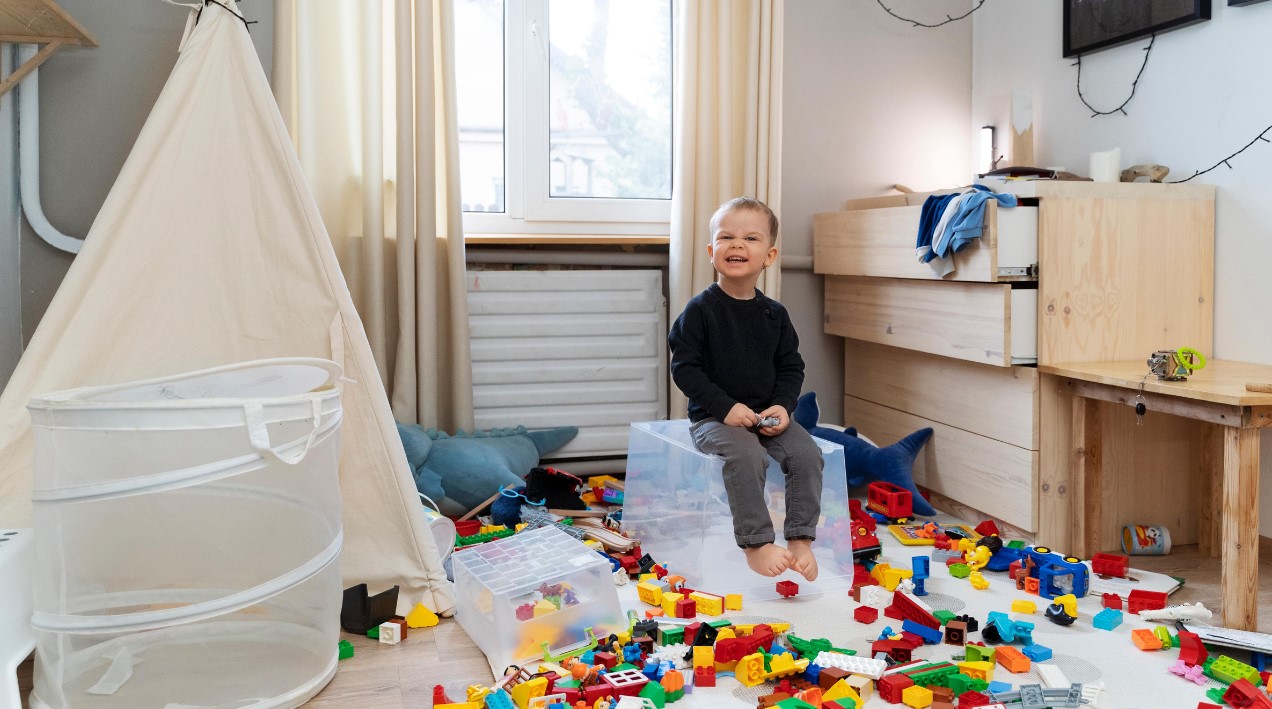
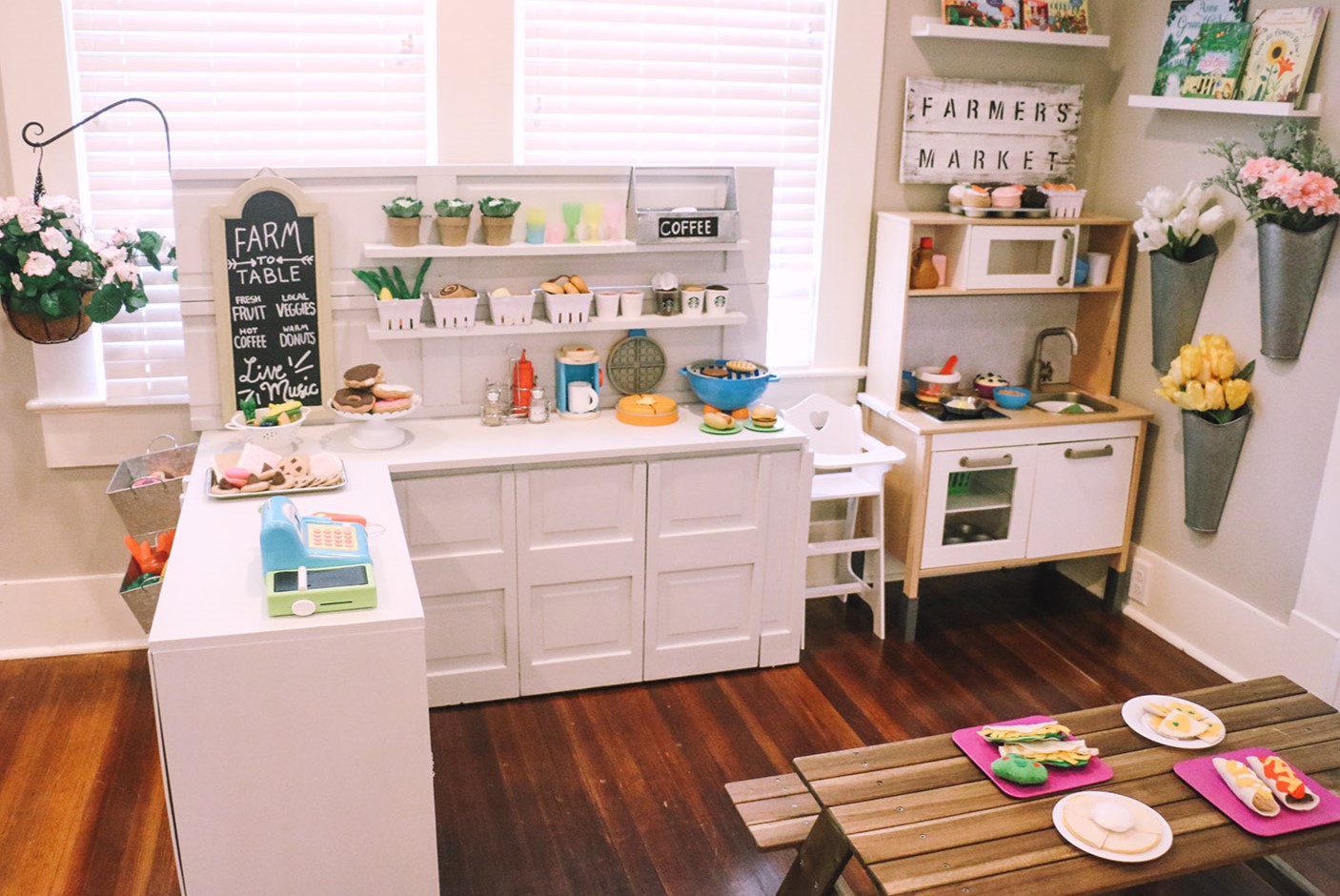
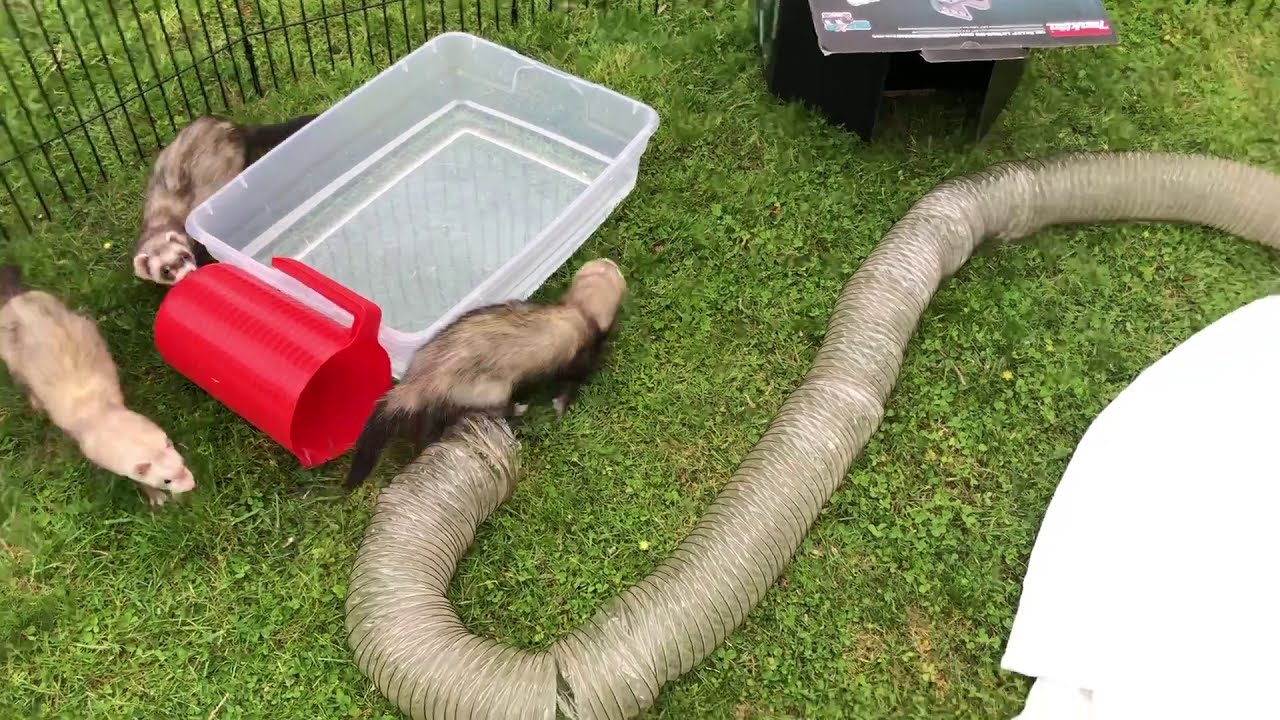
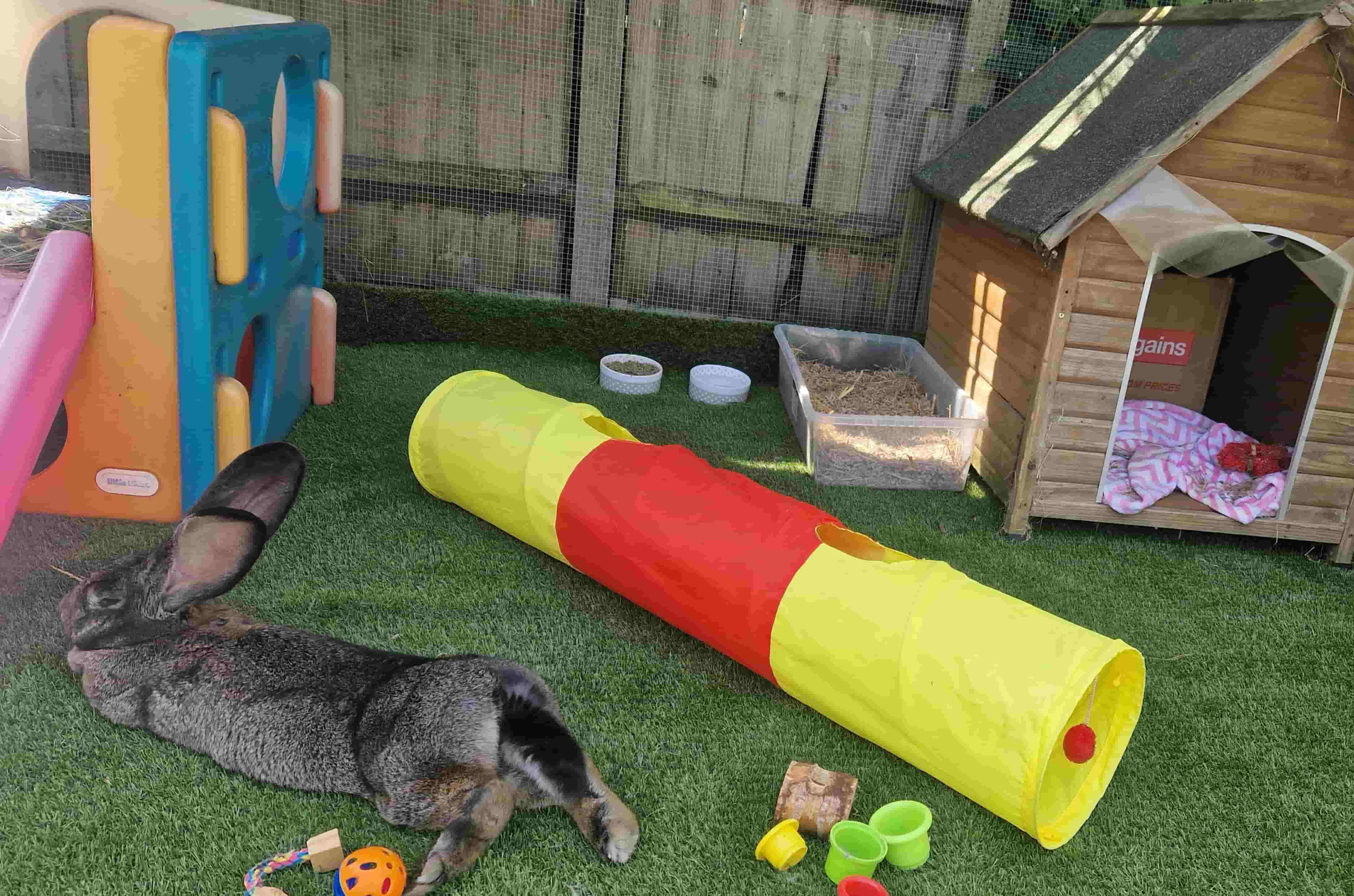
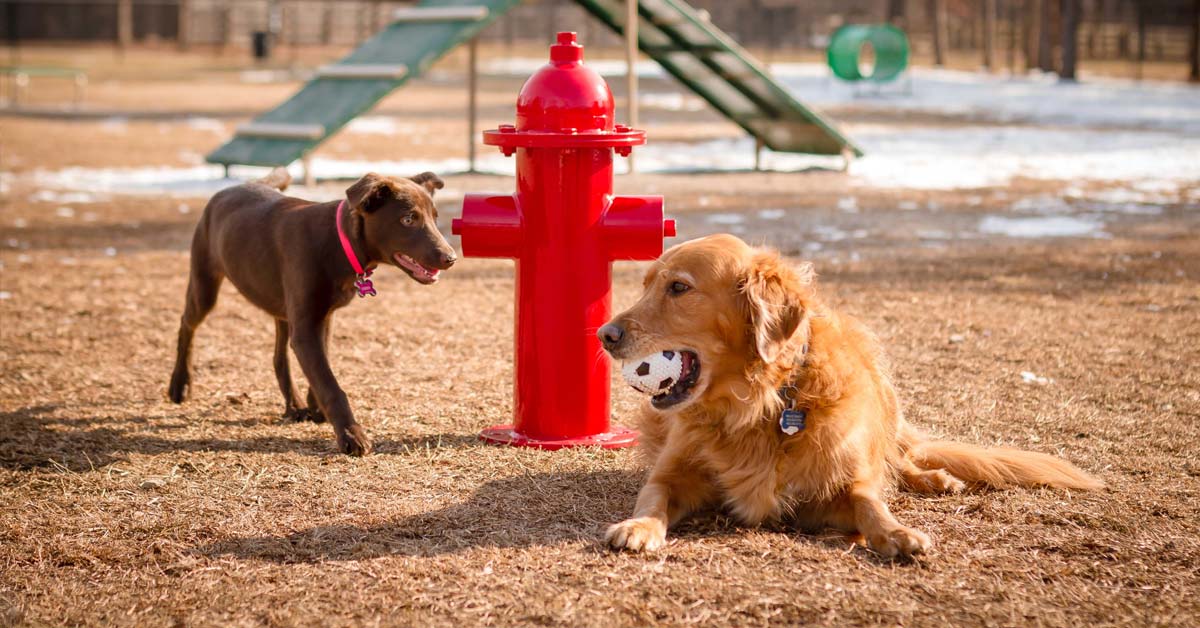
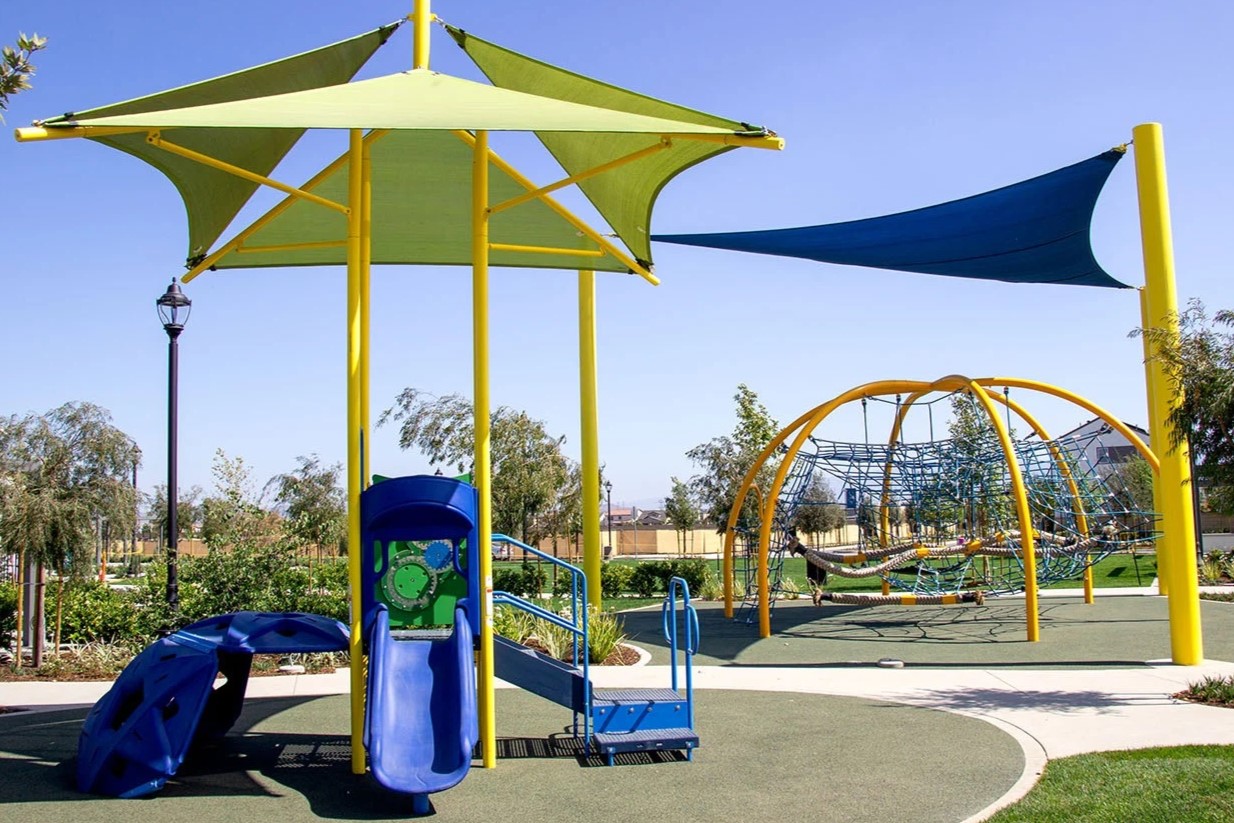

0 thoughts on “How To Safeproof Your Backyard For A Swing Set And Play Area”